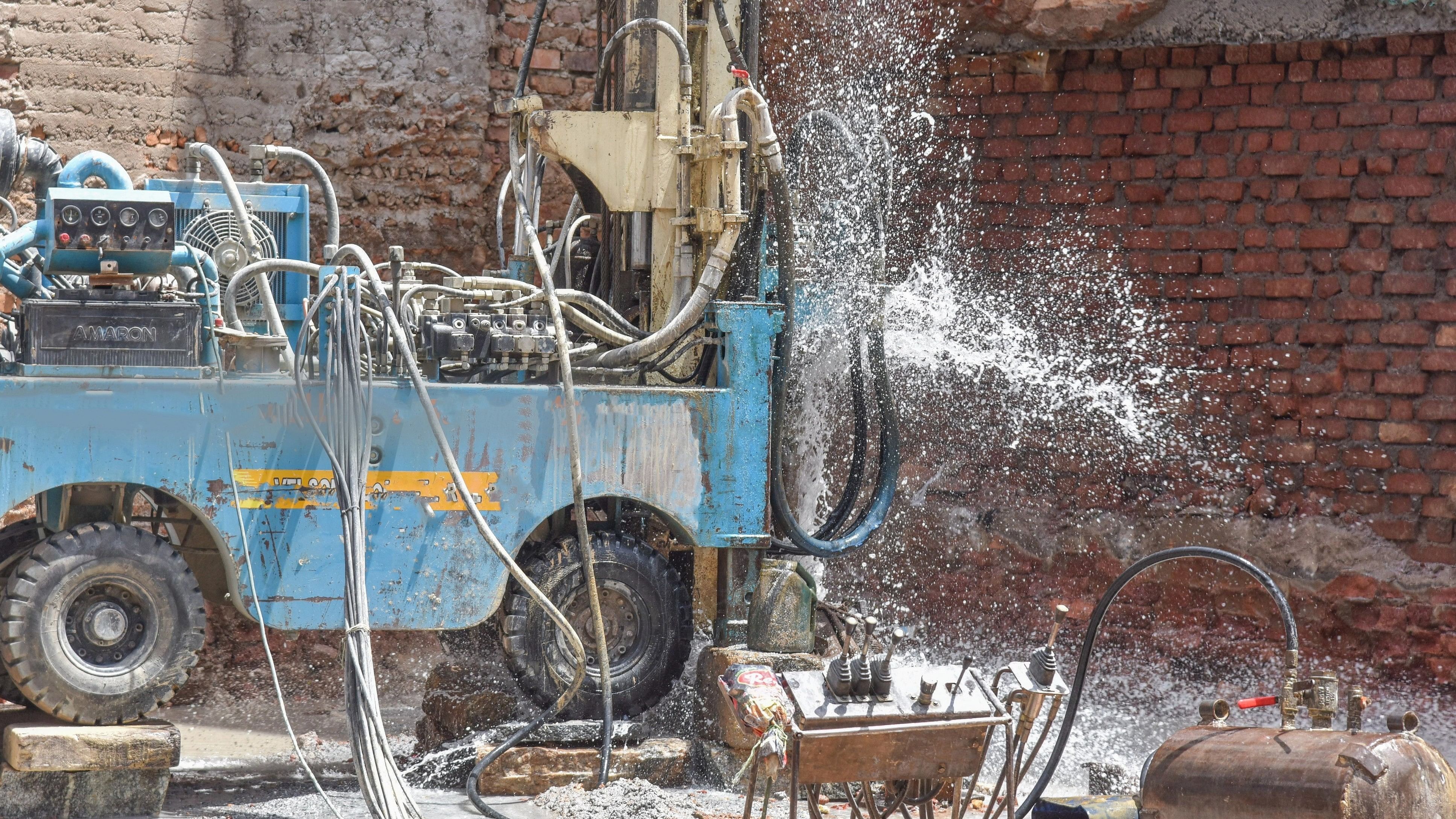
A senior BWSSB official pointed out that scientific guidance was specifically crucial during a crisis.
Credit: DH File Photo
Bengaluru: The Bangalore Water Supply and Sewerage Board (BWSSB) has drilled close to 105 borewells over the last one month to ease the unprecedented water crisis in the city, managing to achieve a 90 per cent success rate despite plummeting water levels.
The reason for the success, say BWSSB officials, lies in the methodology followed.
Three geologists have been deputed by the government on a request by the BWSSB. The geologists analyse aquifers in various areas and identify locations where borewells would be successful. The BWSSB moves men and machines to the spot and does the rest.
“It is crucial to identify locations where borewells could be successful. Hence, the geologists are guiding us by analysing the aquifers across the city,” Dr Ramprasat Manohar V, BWSSB Chairman, told DH.
Speaking to DH, a geologist working closely with BWSSB, said that they analyse the terrain and the state of the existing borewells before deciding on a location.
“We go to every ward where water scarcity is reported and analyse the situation there," one of the geologists said. "We first check on the condition of the existing borewells and the water levels. We study the aquifers and the terrain in these areas. While we avoid rocky and sloped terrains, we tend to look at points where canals or lakes existed earlier.”
A senior BWSSB official pointed out that scientific guidance was specifically crucial during a crisis.
“The crisis is mainly due to borewells turning dry, owing to plummeting groundwater levels. In such a situation, we cannot drill a borewell randomly since the success rate could be very low. Hence, the guidance by the geologists is crucial,” he said.
A majority of these borewells have been drilled in East Bengaluru, which has reported an acute water shortage.
Apart from drilling new borewells, BWSSB has also rejuvenated 55 borewells in the city, of which nearly 50 have been successful.
“Rejuvenation of borewells is done mainly by increasing their depth. Since many borewells were drilled years ago, they would not have gone very deep. Now that the groundwater levels have gone down, these borewells would have turned dry. By increasing their depth, we have been able to rejuvenate them,” a BWSSB official said.
Going ahead, BWSSB plans to drill at least another 240 borewells and rejuvenate another 120 of them.